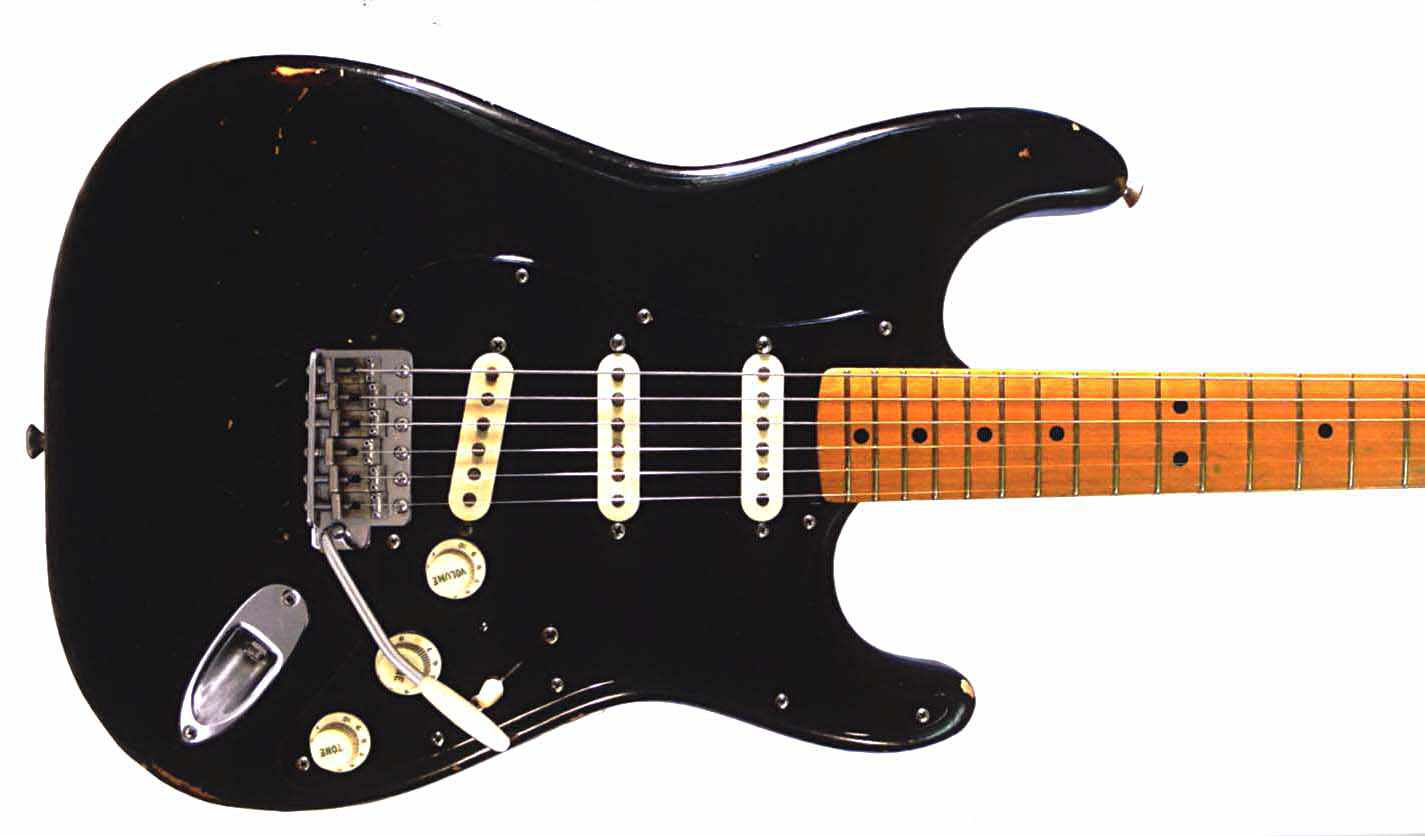Bonus internet points for cheapskates
Dont play guitar, but on drums, i always just used VLC. it has both speed control and A-B loops.
and now gimme my bonus internet points!
I play bass and I always just listened to the song for 3 hours straight while figuring it out, writing down on makeshift sheet music the parts I got worked out. Could take hours or days depending on the song
Amazing folks can just run it through a program today, slow it down, I bet there is tech that can just, tell you the notes.
Amazing. I still learn manually this way lmao Sometimes I would just be fucking around and hit a spot, and suddenly realize thats part of a song I know, and it would all click into place.
Teaching my son to play guitar/read music this year and the tech today is so good. Hes years ahead of me when I was first starting out.
No tips, cuz I dont know the tech, I’m just impressed how far the tech has come in the last 25 years.
Not for learning by ear, but Guitar Pro is really good for slowing down and looping. Songsterr is also good.
Ardour and REAPER are free DAWs that you can use to both do that and record your performance
Yeah, Ardour with some MIDI transport controls for me so I can change playback speed, toggle metronome, and seek with one of these.
I understand that must appear like I’m shooting at gnats with nukes, but you set everything up once and then just drag the file into your project.
I like Ardour.
Yeah, having a control surface makes using a DAW so much more natural. You can make a poor man’s MIDI controller with your phone or keyboard, but if you spend any time “producing” (which could just be tracking your instrument) I highly suggest spending 50-100€ for a basic controller that suits your needs. I play some bass so I got a little two-octave keyboard with some pads and knobs so I can put down some basic melody or drum pattern while practicing
When I’m doing that I use a program called Transcribe! It has every feature you could want for this purpose, really. You can mark off the individual sections, measures (and beats if you want) and take notes, looping them at any speed you want (with pitch correction), and it even has a tone generator you can use to check your transcription. It’s $39 dollars and well worth it. One time I sent the author an email and they promptly responded with great answers to all my questions.
https://www.seventhstring.com/xscribe/screenshots.html
I do try to do it the old fashioned way first, though. I’ll pull the song into Reaper or something and just play along.
Available on linux too! Thanks, I’ll try this out.
Before doing any slowing down and looping I’d make sure that I know the chords for that section. It’s easier to hear if a certain note is in the key (harmony) or not (dissonance), thereby limiting the available choices. Also it might be easier to identify an interval than a single note.
Knowing some theory definitely helps. If you can find a transcription as sheets or tabs that’d be a good idea for reference, even if they’re not always correct.
Having this context, it’s usually enough to slow down the part in the YouTube player. I use New Pipe, no ads and speed/pitch are separate.
For a more detailed analysis, Audacity is great for loops and zooming. It’s quick and easy. However, looping a single note can sometimes be deceiving, so I’d also loop a few of the notes before and after just to get some context.
Getting the clip into a full DAW can also help for very tricky sounds. Running it through a pitch correction effect can show what it detects. This works best if the clip doesn’t have a lot of other things at the same time. Another method if you have a midi keyboard is to play along with a basic tone like an organ or just a sine wave. Program the melody into the midi sequencer and you’ll basically have it transcribed. This is also great for long weird sections where it’s difficult to remember everything. Might as well write it down as midi instead of on a paper.
If you are asking how to then search for this
audacity slow down without pitch down
Audacity is also great for setting up seamless loops to practice over






